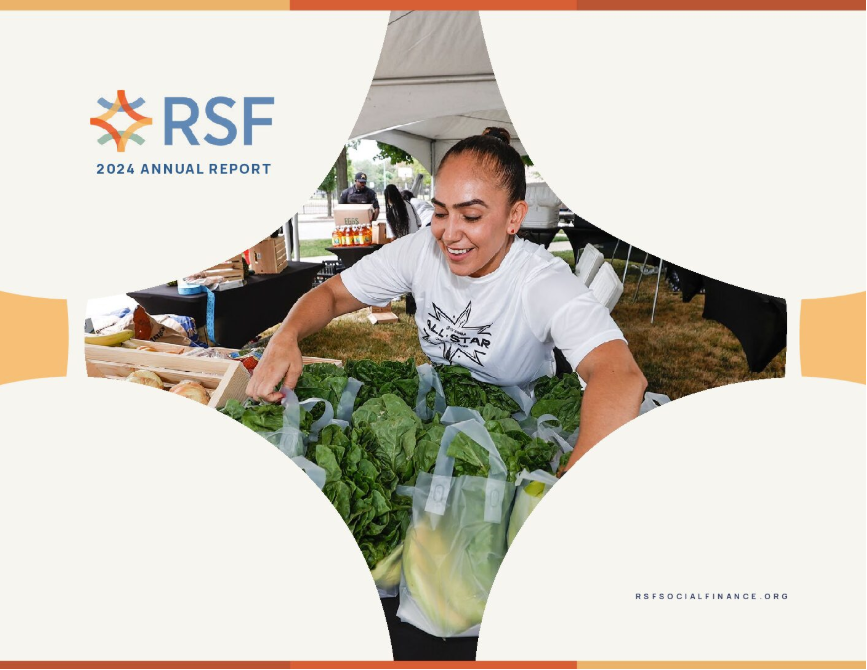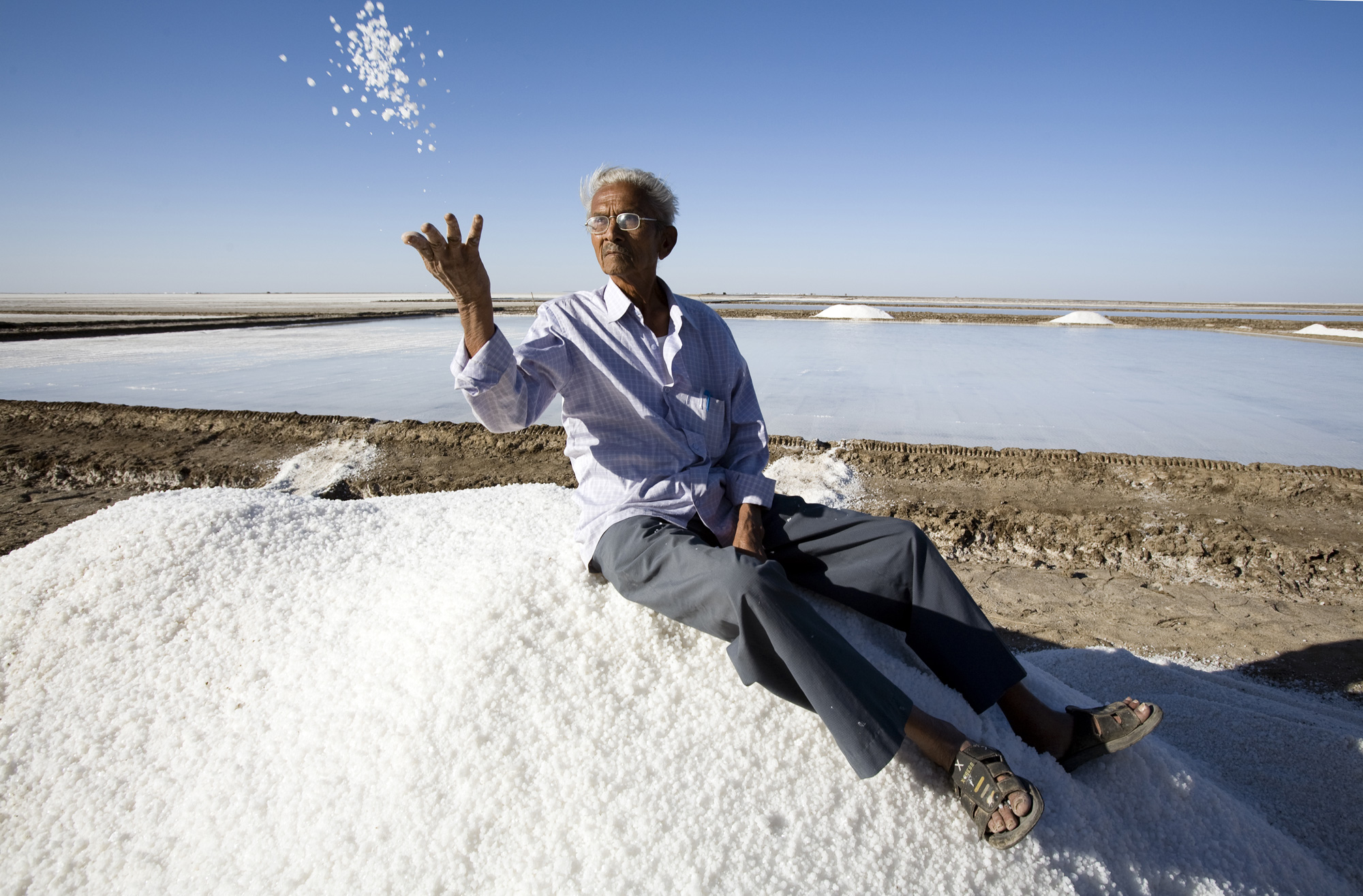I described the development of Paterson Great Falls into the first industrial park under the leadership of Alexander Hamilton.
Hamilton’s economic vision became essentially the American version of economic life. Consistent with the pattern of the wider Industrial Revolution beginning in England, his approach created the conditions that drew labor from the countryside to urban industry while diminishing the agrarian foundation that had sustained the American colonists. But, there was another imagination articulated and fought for by Thomas Jefferson as Hamilton was carrying the day. That vision was less sympathetic to the manufacturing and money economy than it was to the deep value of agriculture as the primary driver for American economic life. Jefferson’s view was grounded in an ever-expanding land base that could support regional economic subsistence and produce plant-based products such as tobacco and cotton for foreign markets, especially Europe. Jefferson, a farmer himself, reaped economic benefit from agriculture aided by slave labor, and also celebrated the pedagogical value of tillage for the development of character. He understood that a good farmer is also a land steward; soil fertility and economic productivity are entwined.
Jefferson saw the expansion of the American land base as essential for more farming and agricultural product growth, access to markets, and ever-wider distribution—thus the Louisiana Purchase and the implementation of the doctrine of manifest destiny. This “destiny” was used to justify the merciless destruction of the Native American peoples, and their way of life that was reverently open land based. When the US government granted significant land tracts to soldiers who had fought in the Revolutionary war in lieu of pay (the government had no money), that land had to be parceled into ownership, measured, fenced, and priced—anathema to the ethos of land as shared commons. Those fences enclosed land and brought an end to the dynamic, reciprocal flow between man and nature that had long marked the economic life of Native America.
Both Hamilton and Jefferson knew the need for natural resources of all kinds would increase continually to support economic and national development. From their place in time, both could see no limits to the kind of economic growth they were imagining. And both contributed to what would become the industrialization of everything, including agriculture. The value of a human being would be measured by his or her capacity to produce economically; land itself became a store of value as well as a source of production. Land and labor were commoditized in a way that was material to all economic matters. In essence, with the emergence of property rights granted to individuals and corporations by the government, the mutuality of “ownership” in common gave way to the self-interest described so ably by Adam Smith in The Wealth of Nations, first published 1776, the same year as the Declaration of Independence was signed.
Nothing in Adam Smith’s text would have predicted the level of greed and manipulation that have pervaded our current financial system. Smith assumed a standard of morality in the economic sphere that was guided by the dominant religious principles of his time. But much has changed in the human psyche since then. Wealth has become a game of never enough, of winners and losers. Greed is not a modern invention, it is one of the seven deadly sins; neither is manipulation of the market for private benefit. But the scale and affects of recent events indicate an extreme disconnect between money and land to the extent that land itself accrued economic value as a store-place for money. Land is a treasury unto itself measured in ever-rising prices, which, in turn, present insurmountable barriers to access, especially for farmers.
by John Bloom
John Bloom is the former Senior Director, Organizational Culture at RSF Social Finance.


